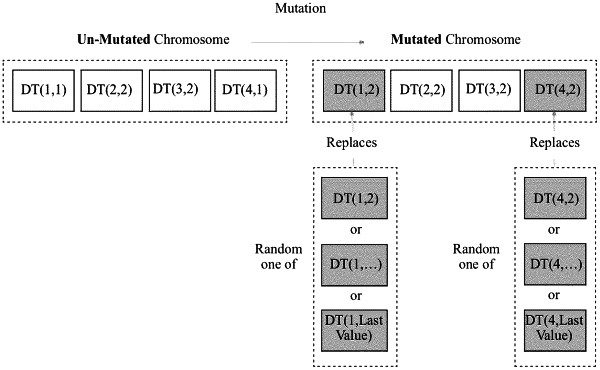| CPC G06Q 30/0201 (2013.01) [G06N 3/123 (2013.01); G06N 20/00 (2019.01); G06Q 10/067 (2013.01)] | 14 Claims |

|
1. A computer implemented method for determining a model, the method comprising:
(a) identifying, by one or more computing devices, a schema that defines a possible causal element of a particular type of behavior;
(b) determining, by the one or more computing devices, one or more concepts provided in the schema, and one or more sub-concepts for each concept, each concept and each sub-concept being associated with uncalibrated weights and a functional form which represent a logical relationship between them;
(c) determining, by the one or more computing devices, multiple models from the one or more concepts and the one or more sub-concepts;
(d) calibrating, by the one or more computing devices, the multiple models using representative data collected from a real-world source, wherein the calibration utilizes a limited-memory Broyden-Fletcher-Goldfarb-Shanno algorithm to iteratively evaluate a series of possible weight values for a given combination of sub-concepts;
(e) updating the uncalibrated weights with weights from the possible weight values to determine an optimal model amongst a plurality of calibrated models;
(f) determining, by the one or more computing devices, the optimal model amongst the plurality of calibrated models based on a model score that includes a determination of a model fit and a compliance with an expected attribution associated with an existing knowledge of the schema, wherein the model fit is calculated based on real-time data from the real-world source, and wherein determining the optimal model includes adaptively learning the optimal model by repeating (c) and (d) to converge on the optimal model; and
(g) transmitting, by the one or more computing devices, the optimal model to a user interface to thereby support measurement of marketing effectiveness in response to one or more stimuli in a marketplace.
|